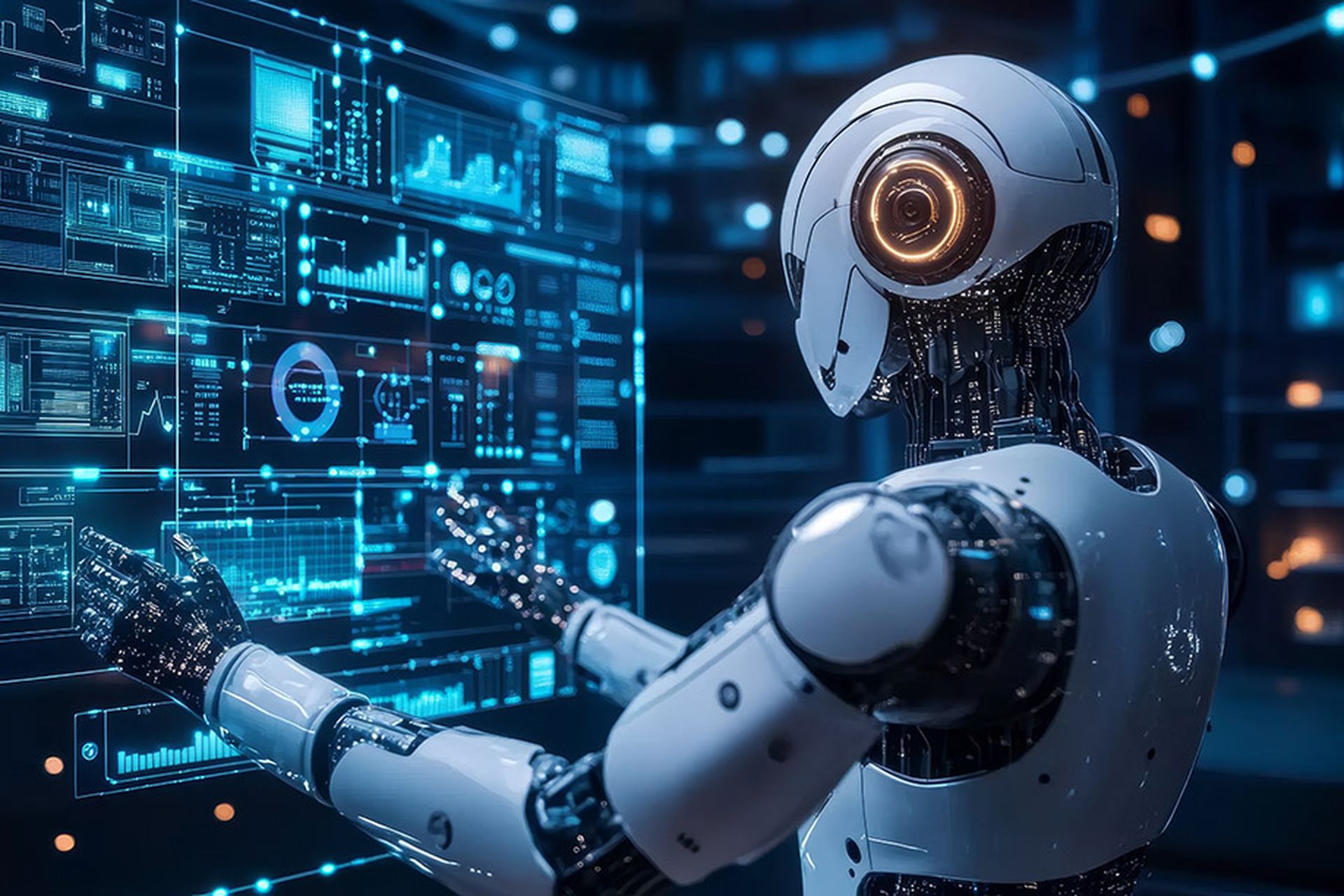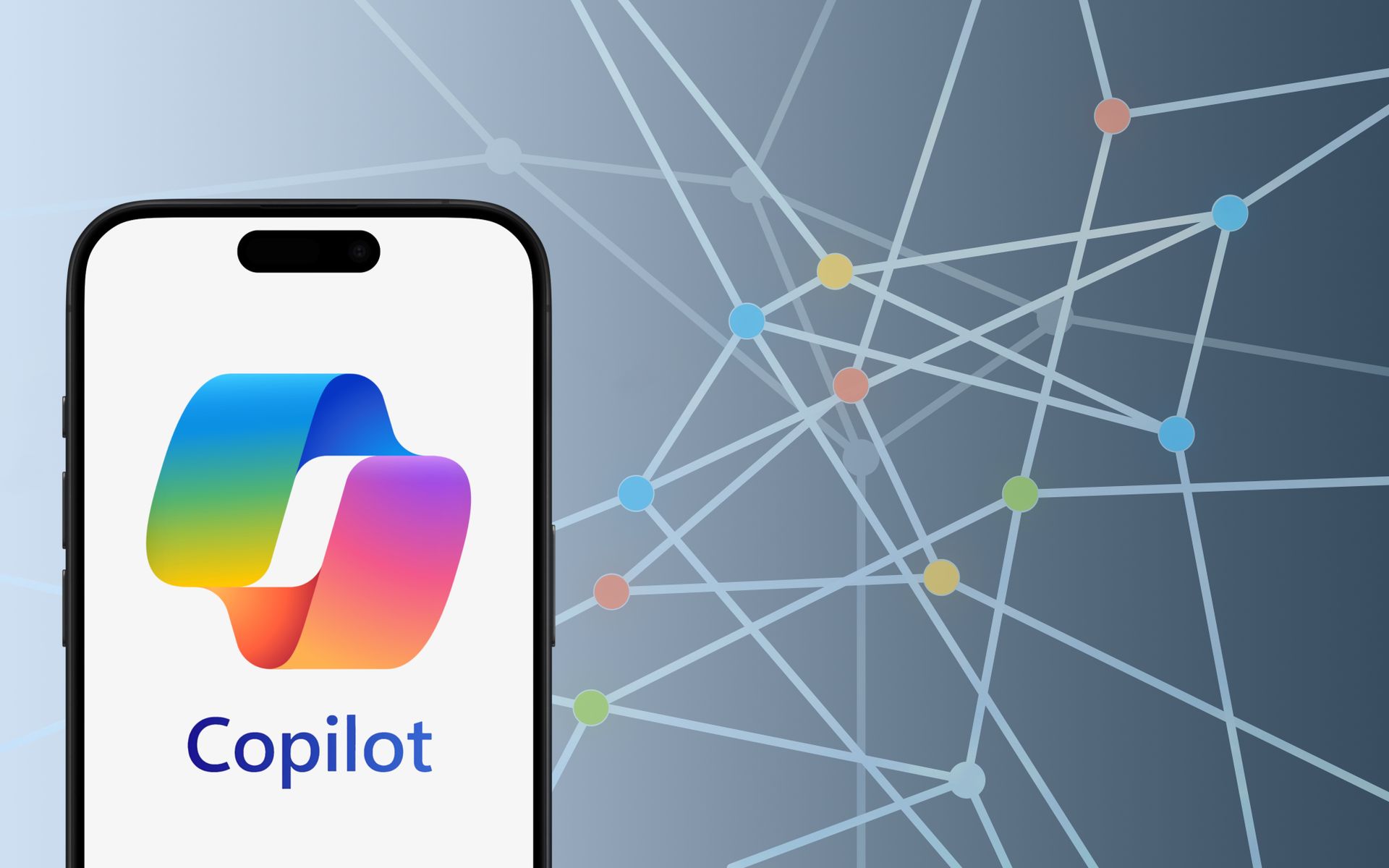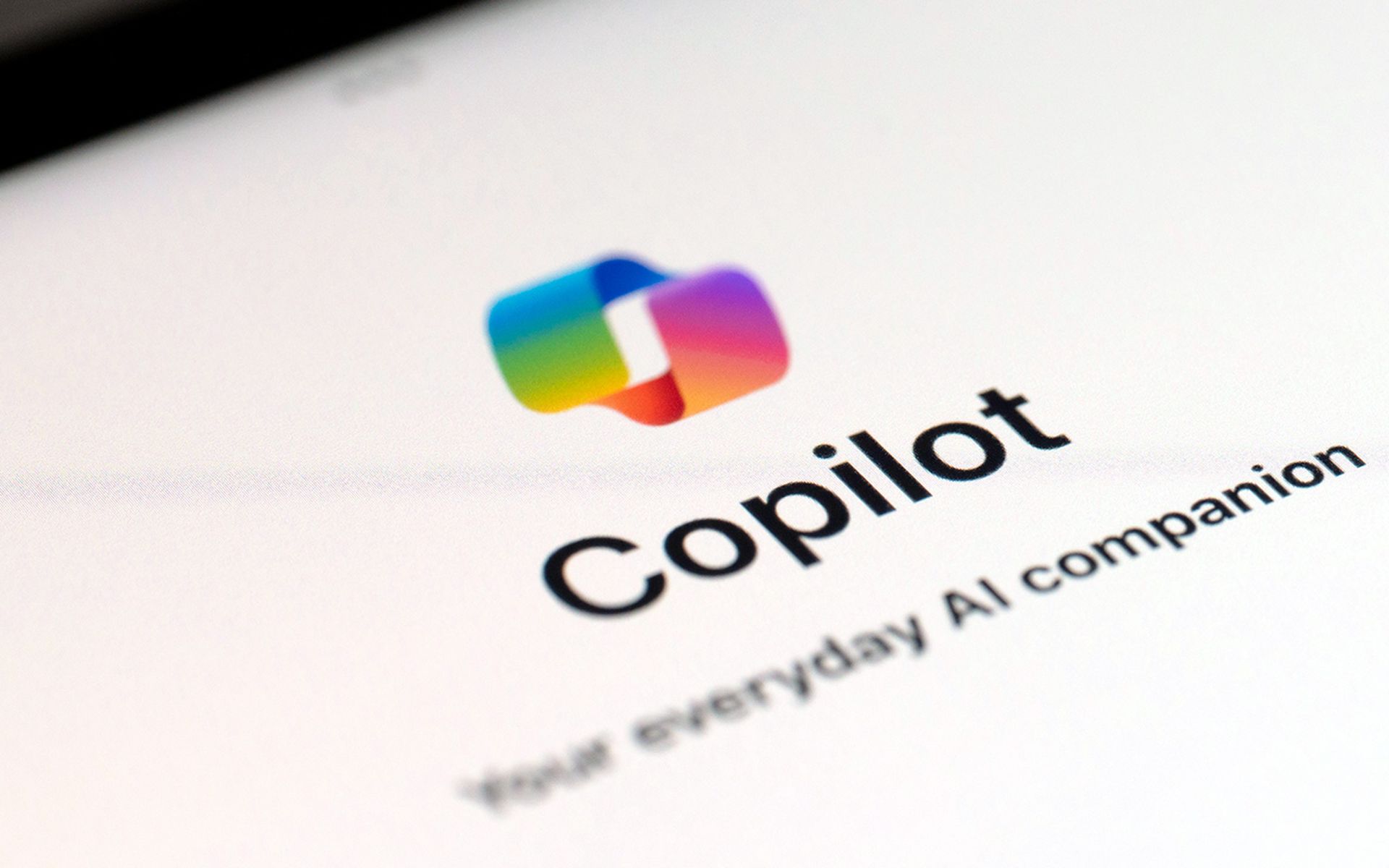COMMENTARY: A decade ago, launching a DDoS attack required a fairly technical set of skills.
Today, booter/stresser services available today on the dark web — also known collectively as the DDoS-for-hire industry — have significantly lowered the barrier for launching complex Distributed Denial-of-Service (DDoS) attacks. These services are easy to use and offer users ready-made infrastructure with advanced features that they can rent at any price range.
[SC Media Perspectives columns are written by a trusted community of SC Media cybersecurity subject matter experts. Read more Perspectives here.]
Indeed, many offer significant innovations in automation, pre-attack reconnaissance, and, more recently, the integration of artificial intelligence (AI). Unfortunately, these innovations are also making many traditional defenses less effective, with profound implications for security professionals tasked with keeping their organizations’ IT infrastructure secure and available.
The emerging role of AI in cyberattacks
In comparison to traditional DDoS attacks, which often rely on brute force or high volumes of traffic, attacks that leverage AI and automation are more targeted and intelligent in their approach. For example, though relatively new on the scene, AI has already been used to get around CAPTCHA boxes designed to verify whether a visitor is human or right. Superior AI image recognition lets attackers understand and bypass these barriers.
In the near future, we may also see AI enable:
Automation also contributes to the sophistication of DDoS attacks, eliminating traditional manual processes and allowing for more efficient scheduling, repetition, and overall optimization of attacks. This can mimic AI-like capabilities. In response, organizations need to prepare for prolonged and constantly evolving attacks that test their defense capabilities.
Reinventing cyber defense strategies to combat AI-driven attacks
Just as AI will change how attackers behave, defenders need to consider how to strengthen their responses with the latest advances in AI/ML. Organizations should consider implementing some, if not all, of the following tactics:
In short, the combination of AI and automation by the DDoS-for-hire industry has made many traditional defenses and conventional measures like rate-limiting obsolete. Traditional defenses alone will no longer suffice in combating these advanced, adaptive attacks. Security teams must prioritize innovation —leveraging real-time intelligence, machine learning, and next-generation countermeasures — to stay ahead of attackers.
Only by adopting a proactive, AI-driven defense strategy can organizations reduce vulnerabilities and maintain resilience in an increasingly complex threat environment.
Richard Hummel, director of threat intelligence, Netscout
SC Media Perspectives columns are written by a trusted community of SC Media cybersecurity subject matter experts. Each contribution has a goal of bringing a unique voice to important cybersecurity topics. Content strives to be of the highest quality, objective and non-commercial.




